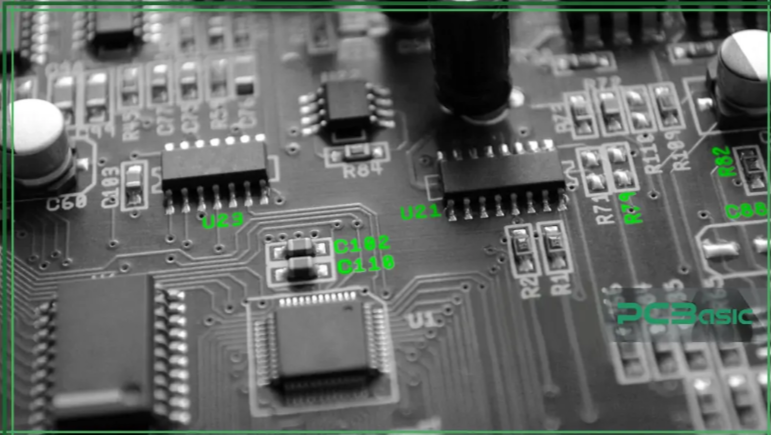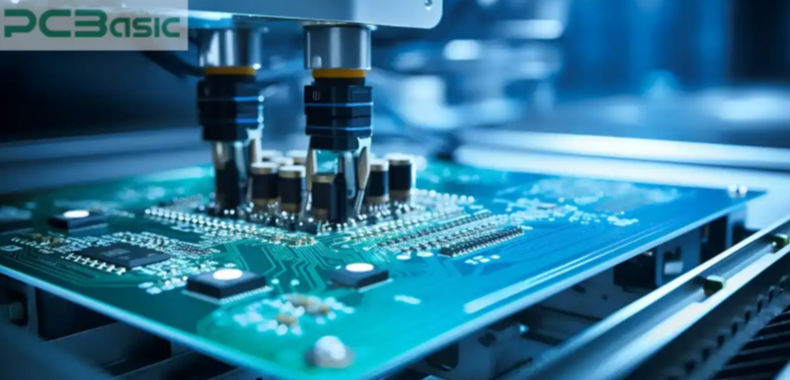PCB Prototype vs. Motherboard: What’s the Difference and How Are They Connected?
In the world of electronics, understanding the differences between a PCB prototype and a motherboard is essential. Both are crucial components in electronic devices, but they serve different purposes and are used at various stages of product development. In this article, we’ll explore what each term means, how they differ, and how they are related.

What Is a Motherboard?
A motherboard is a specific type of PCBA used in computers and similar digital systems. It is the main circuit board that connects all essential components of a computing system, including the CPU, memory (RAM), storage devices, and peripheral interfaces.In addition to serving as a central hub, a motherboard often contains built-in chipsets that manage communication between the processor and other parts of the system. It also includes expansion slots for adding graphics cards, network cards, or additional storage controllers.A typical motherboard includes:
- CPU socket
- RAM slots
- Power connectors
- SATA and PCIe interfaces
- USB, HDMI, and Ethernet ports
Essentially, while every motherboard is a PCBA, not every PCBA is a motherboard. The term “motherboard” is more specific and refers to a particular application of a PCBA within computing environments.
Key Differences Between PCBA and Motherboard
Although they are closely linked, here are the primary distinctions between a PCBA and a motherboard:
- Scope and Function
- A PCBA can be any assembled circuit board used across various industries and devices.
- A motherboard specifically refers to the main board of a computer system, designed to support the processor and essential components.
- A PCBA can be any assembled circuit board used across various industries and devices.
- Design Complexity
- PCBA design varies significantly depending on its application—some may be simple, others extremely complex.
- Motherboards are typically more complex due to the variety of components and interfaces they need to support.
- PCBA design varies significantly depending on its application—some may be simple, others extremely complex.
- Usage Environment
- PCBA is used in a wide array of products—medical devices, automotive systems, household appliances, and more.
- The motherboard is mostly limited to computing devices like desktops, laptops, and servers.
- PCBA is used in a wide array of products—medical devices, automotive systems, household appliances, and more.
- Components
- PCBAs may or may not include microprocessors, depending on the function.
- Motherboards always include a socket for the processor and often integrate multiple controllers and interfaces.
- PCBAs may or may not include microprocessors, depending on the function.
How Are PCBA and Motherboard Connected?
The motherboard is essentially a highly advanced PCBA tailored for computer systems. The connection lies in the manufacturing process—both start as a bare PCB, and through component assembly, become fully functional units.In fact, when a motherboard is manufactured, it goes through the same PCBA process:
- The raw PCB is fabricated.
- Components are placed on the board.
- Soldering is done via reflow or wave soldering.
- The completed assembly is tested for quality and performance.
So, while you can refer to a motherboard as a PCBA (especially during or right after manufacturing), it gains its name and unique status from its role in the computing architecture.
Conclusion
To sum it up, PCBA is a broad term encompassing any printed circuit board with mounted components, used across various electronic applications. A motherboard is a specific type of PCBA designed to function as the central hub of a computer system. Understanding their differences—and how they are connected—can provide deeper insight into the building blocks of modern electronics.Whether you're a tech enthusiast, an electronics student, or someone curious about how your devices work, distinguishing between a pcba and a motherboard is a valuable step in demystifying the technology around us.
